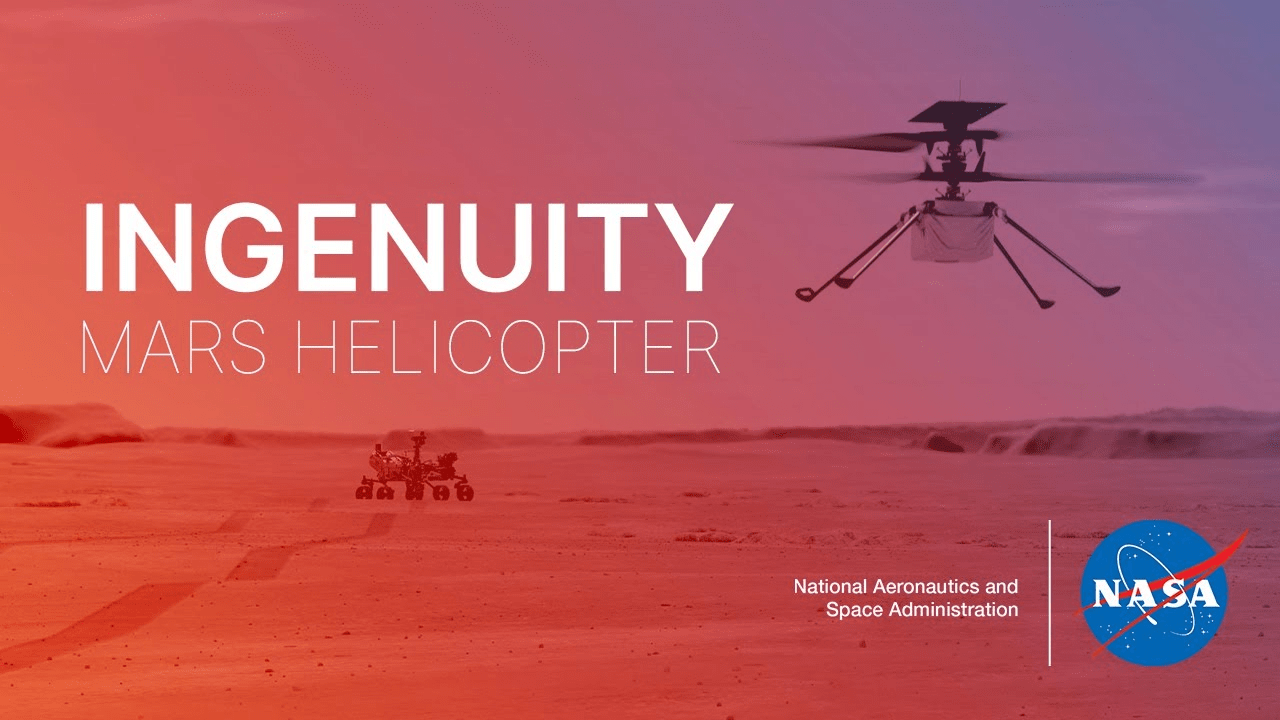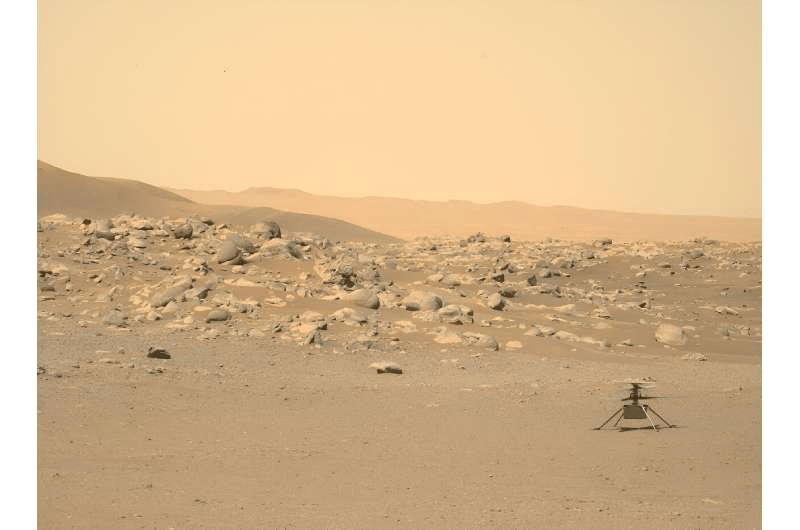After an extended period of groundbreaking exploration on Mars, NASA’s Ingenuity helicopter has concluded its remarkable mission. Unfortunately, a recent flight on January 18 resulted in damage to at least one rotor blade during landing, rendering Ingenuity incapable of flying, as disclosed in a statement by NASA.
Originally conceived as a technology demonstration with plans for up to five flights over 30 days, Ingenuity’s final flight this month marked its 72nd, occurring almost three years after its initial landing on Martian soil. Lori Glaze, the director of NASA’s planetary science division, expressed, “It’s almost an understatement to say that it has surpassed expectations,” emphasizing the mission’s unexpected success, as the New York Times reported.

Ingenuity holds the distinction of being the first aircraft to achieve a controlled and powered flight on another planet. Teddy Tzanetos, Ingenuity’s project manager, states in NASA’s statement, “History’s first Mars helicopter will leave behind an indelible mark on the future of space exploration and will inspire fleets of aircraft on Mars—and other worlds—for decades to come.”
Attached to NASA’s Perseverance rover, which landed on Mars in February 2021, Ingenuity played a crucial role in providing a bird’s eye view of the Martian surface. Operating in Mars’ extremely thin atmosphere, equivalent to Earth’s atmosphere at 80,000 to 90,000 feet, Ingenuity faced the challenge of takeoff. Despite this obstacle, it completed its first successful flight on April 19, 2021, reaching about ten feet above the Martian surface and subsequently assisting Perseverance in scouting and photographing regions that were challenging to access from the ground.
Over its 72 flights spanning more than two hours, Ingenuity covered 10.5 miles, flew as high as 78.7 feet, and adapted to Mars’ winter conditions. Despite three emergency landings and challenges in navigating bland terrains, Ingenuity showcased the potential for aerial mobility on Mars. The final flight, reaching a planned height of 40 feet, ended with the helicopter losing contact with Perseverance about three feet above the surface. Subsequent imaging revealed a damaged rotor blade, with an estimated 25 percent missing.

NASA administrator Bill Nelson highlighted the significance of missions like Ingenuity, stating, “Through missions like Ingenuity, NASA is paving the way for future flight in our solar system and smarter, safer human exploration to Mars and beyond.”
Although Ingenuity’s flying days have concluded, its legacy sets the stage for future aircraft to undertake flights on Mars and potentially on other celestial bodies.


